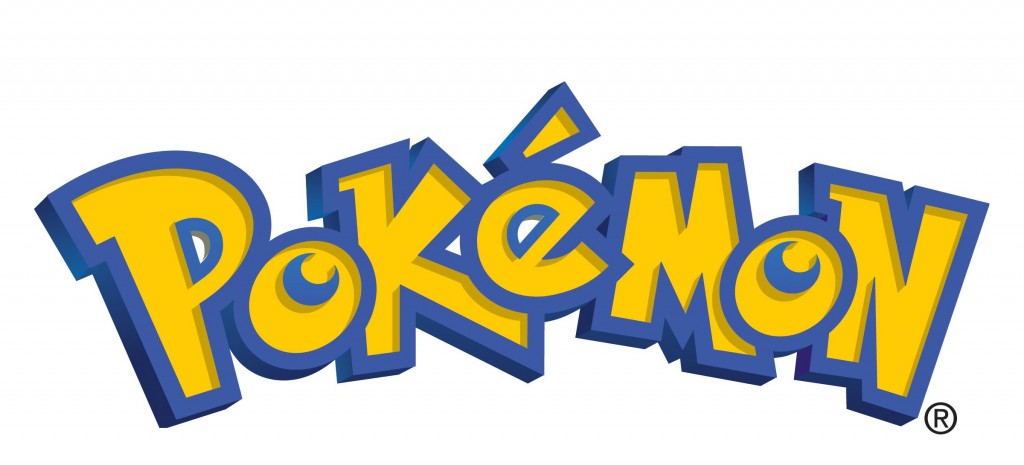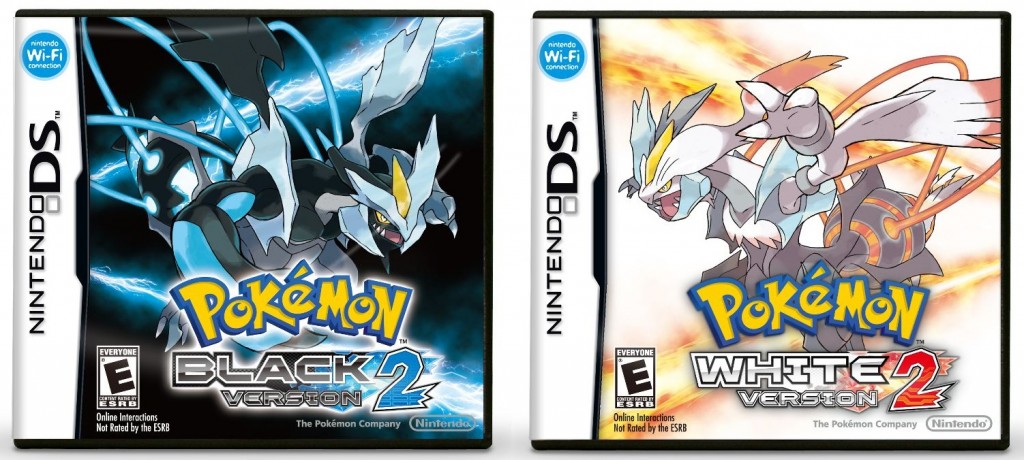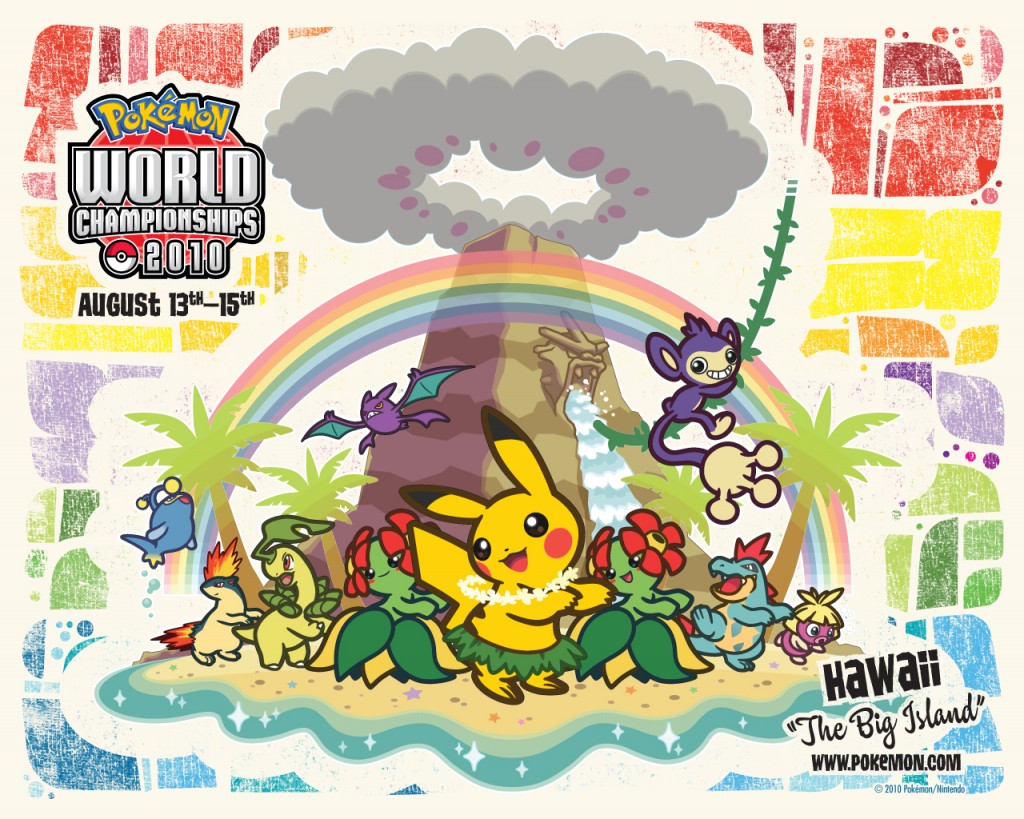
Inspired by his childhood hobby of collecting insects, Satoshi Tajiri created Pokémon (a contraction for “pocket monsters”) in 1996. Pokémon’s start as a humble Game Boy role-playing game eventually exploded into the second most successful and lucrative video game-based franchise in the world, only behind Nintendo’s own Mario franchise. Now there is all sorts of Pokémon merchandise such as anime, manga, trading cards, toys, etc. The impact that Pokémon has on popular culture is so immense, the monsters can be spotted nearly anywhere. They’re published on the cover of magazines, painted on commercial airplanes, and are even floating as balloons in the Macy’s Thanksgiving Day Parade. In the late 1990s, what some may consider the peak of Pokémon popularity, it was often labeled as a fad. However, Pokémon is an enduring franchise that remains successful to this day. It consistently ranks among the best selling games ever produced for Nintendo’s portable systems.

With so many Pokémon goodies out on the market, it may be easy to forget that this all stemmed from a video game. It is the video game series that laid down the foundation for this franchise and still continues to do so today. What makes the Pokémon games different from your typical RPG (role-playing game) is not only the collecting aspect, but its strong focus on generating interactivity among players. Satoshi Tajiri created Pokémon with this specifically in mind. At the time, he concentrated on how to make effective use of the link cables used to connect Game Boy systems (and players) together. The introduction of the Internet and Wi-Fi simplified this goal, making it easier than ever before for Pokémon players to engage with one another.
Initially the series started with 151 different species of Pokémon. Now it’s 649 and growing. Since each game cartridge only contains a portion of the critters, players have to trade with one another in order to catch ’em all. However, with a continually growing Pokémon population, collecting can get tiresome after awhile. The real thrill lies in battling! There are whole online communities dedicated to this specific activity. The most popular of these competitive Pokémon battling groups would have to be Smogon University, where many players come together to play, socialize, and get advice for their developing Pokémon teams. There are even official tournaments hosted by The Pokémon Company International, known as the Pokémon Video Game Championships (VGC), complete with regionals, nationals, and even a worlds.

Just what does Pokémon battling entail? To start off, know that battles are turn-based and that there are 16 different types that a Pokémon can be classified as. These types consist of Normal, Fire, Water, Electric, Grass, Ice, Fighting, Poison, Ground, Flying, Psychic, Bug, Rock, Ghost, Dragon, Dark, and Steel. Each of these types have their own immunities, resistances, and weaknesses which creates a type of gameplay that is very similar to the concept of Rock-paper-scissors. A Pokémon can also be a dual type, which adds a layer of strategic complexity by accentuating and/or subduing resistances and weaknesses.

Each Pokémon can only know four moves at a time which are also labeled by type. Moves can also be classified as physical, special, or status. Whether or not physical or special moves should be taught depends on each monster’s own stats. These stats are divided up into Attack, Defense, Special Attack, Special Defense, and Speed. Physical moves are affected by Attack and Defense, special moves are affected by Special Attack and Special Defense, and Speed determines who goes first. Some species of Pokémon excel at being physical attackers, some special attackers, tanks, etc. Status moves do not usually deal damage to the opponent, but they may increase the stats of your own Pokémon, decrease the stats of your opponent’s Pokémon, or cause ailments such as freeze, burn, paralysis, sleep, confusion, etc. Beginners often underestimate status moves, but these attacks can be the determining factor that ensures victory.
Furthermore, each Pokémon has their own ability which may benefit them in battle. For example, Gengar, a Ghost/Poison Pokémon, should be weak to Ground attacks due to its Poison typing, but its Levitate ability instead grants it immunity. With types, moves, stats, and abilities under consideration, Pokémon trainers have a limit of 6 monsters that can be chosen as members of their teams. Skilled trainers choose Pokémon which have good synergy with each other, and this can vary depending on the battle format.
Of course, this brief explanation only covers the very basics. Competitive players consider all the things mentioned here and more, which can surely be read about on the myriad of online communities dedicated to this sport. If you’re interested in the VGC in particular, may I suggest a visit to Nugget Bridge?
The next chapter in the Pokémon franchise unfolds with the release of Pokémon Black Version 2 and Pokémon White Version 2 on October 7, 2012. Following that is the start of a new competitive season with the fall regionals scheduled on October 14, 2012. Competitive Pokémon players already have their eyes on the goal, the Pokémon World Championships being hosted in Vancouver, British Columbia, Canada next year.